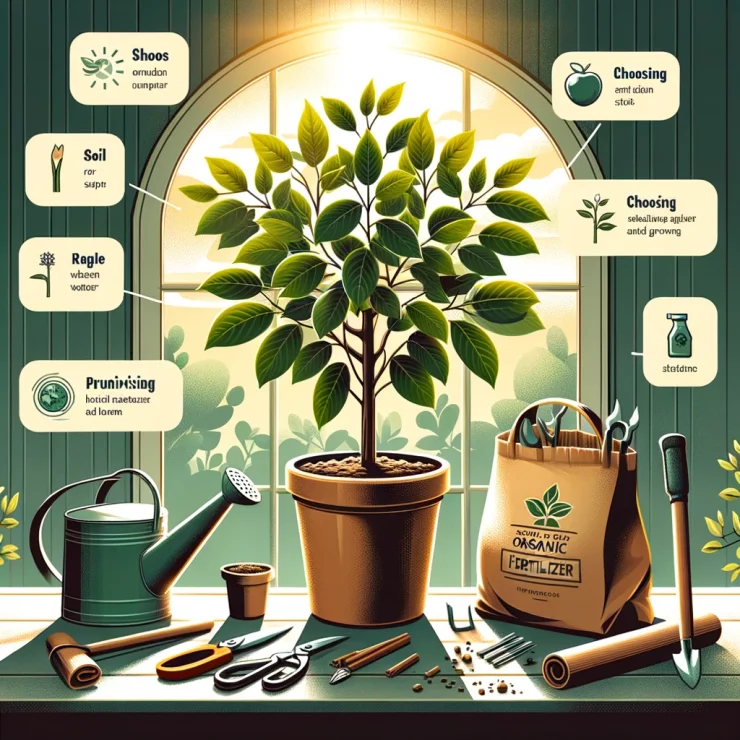Cinnamon is not just a popular spice used in cooking and baking; it also comes from the bark of the Cinnamomum tree, making it a fascinating plant to cultivate at home. Growing your own cinnamon trees can be a rewarding experience, providing you with fresh cinnamon for culinary use and adding a touch of exotic beauty to your indoor or outdoor space. In this guide, we’ll explore the steps you need to take to successfully grow cinnamon trees at home.
1.Choosing the Right Variety:
There are several species of cinnamon trees, but Cinnamomum verum, also known as Ceylon cinnamon or true cinnamon, is the most commonly cultivated for its culinary and medicinal properties. Make sure to acquire seeds or seedlings of this specific variety for the best results.
2.Climate and Location:
Cinnamon trees thrive in tropical or subtropical climates. They require warmth, humidity, and plenty of sunlight to grow well. If you live in a temperate climate, consider growing your cinnamon tree indoors in a pot, where you can control the temperature and environment.
3.Soil Preparation:
Cinnamon trees prefer well-draining soil that is rich in organic matter. A mixture of sand, loam, and compost works well. Ensure the soil pH is slightly acidic, ideally between 5.5 and 6.5, to mimic the conditions of their native habitat.
4.Planting:
If you’re planting seeds, soak them in water overnight to aid in germination. Plant the seeds or seedlings in pots or directly in the ground, ensuring they have enough space to spread their roots. Water thoroughly after planting.
5.Watering and Care:
Keep the soil consistently moist but not waterlogged. Water the cinnamon tree regularly, especially during dry spells. Avoid overwatering, as this can lead to root rot. Mulch around the base of the tree to help retain moisture and suppress weeds.
6.Pruning and Maintenance:
Prune your cinnamon tree regularly to promote healthy growth and shape the plant as desired. Remove any dead or diseased branches, and thin out crowded growth to improve air circulation. Fertilize the tree with a balanced fertilizer during the growing season to encourage vigorous growth.
7.Pest and Disease Control:
Cinnamon trees are relatively resistant to pests and diseases, but they may occasionally be susceptible to issues such as scale insects or fungal infections. Keep an eye out for any signs of pests or diseases and take appropriate measures to control them, such as using insecticidal soap or fungicides.
8.Harvesting Cinnamon:
Cinnamon trees typically take several years to mature before they can be harvested for their bark. Once the tree reaches maturity, you can harvest the outer bark by carefully peeling it away from the trunk and branches. Allow the bark to dry and curl into the familiar cinnamon sticks before using it in cooking or making cinnamon powder.
Growing cinnamon trees at home requires patience and dedication, but the rewards are well worth the effort. With the right care and attention, you can enjoy the beauty and fragrance of these exotic trees while harvesting your own supply of delicious cinnamon for years to come. Whether grown indoors or outdoors, cinnamon trees are sure to add a unique touch to your home garden or landscape.






Add comment